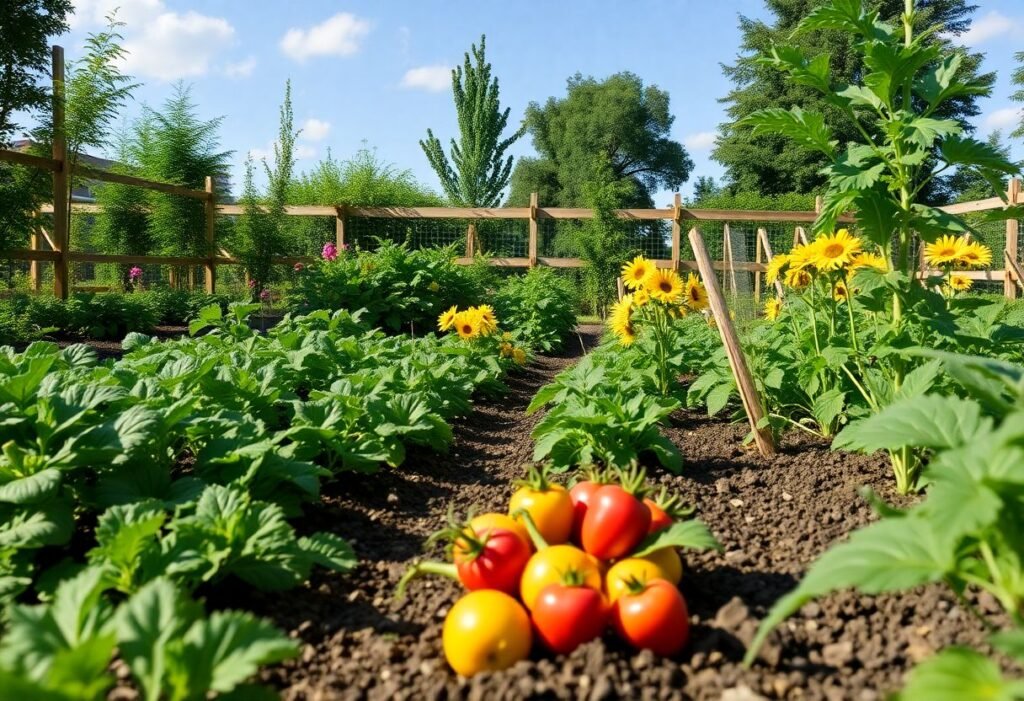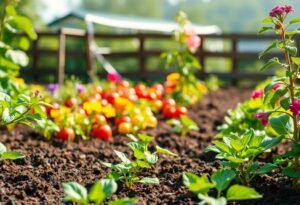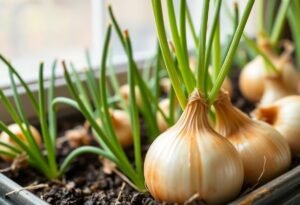The Importance of Seasons in Gardening
The seasons significantly affect when to plant your vegetable garden. Spring is typically when most gardeners kick off their plans. However, not all vegetables are created equal—some prefer warmer temperatures, while others thrive in cooler conditions. For example, carrots and radishes can be sown as soon as spring begins, while tomatoes should be planted only after the threat of frost has passed.
Understanding Hardiness Zones
Hardiness zones are a classification system that indicates which plants can thrive in various climates. Knowing when to plant your vegetable garden requires understanding your hardiness zone. In the USDA plant hardiness map, zones are numbered from 1 to 13. The higher the number, the warmer the climate. Knowing your zone helps you plan your growing season effectively.
Types of Vegetables and Their Requirements
Each vegetable has unique planting requirements. Full sun exposure, appropriate soil pH, and moisture-retaining soil are essential factors influencing plant growth. If you’re planting cabbage, for example, you might sow it twice a year—early in spring and late in summer. Remember, when to plant your vegetable garden depends on what types of veggies you’re interested in growing.
Annual vs. Perennial Vegetables
It’s important to distinguish between annual vegetables, which can be planted and harvested within one season, and perennials that often take longer to mature. For example, zucchini can yield crops in just a few weeks, while asparagus, which requires a longer growing period, may take up to a year before harvest.
Garden Planning and Crop Rotation
One key to success in gardening is good planning. When considering when to plant your vegetable garden, it’s worth looking at crop rotation. Rotating crops prevents soil depletion and allows plants to thrive in better conditions. Shifting where you plant vegetables every year keeps the soil healthy and productive.
Climate Change and Planting Times
Global warming and climate changes increasingly affect gardening. Expectations about planting times can shift from year to year. Winters are often longer, and springs arrive earlier than anticipated. Observing the weather and adjusting your schedule is crucial to knowing when to plant your vegetable garden.
Final Soil Preparation
Don’t forget about properly preparing the soil before planting. Testing the soil pH and adding compost or organic fertilizers can significantly enhance soil health, leading to better plants. Always remember—when to plant your vegetable garden also includes the final touches to your growing space before sowing begins.
Conclusion
Understanding when to plant your vegetable garden is essential for a successful harvest. From knowing the right season to selecting the appropriate plants, every detail matters. Don’t wait any longer—start planning your garden now to savor healthy produce in the upcoming months. Gear up for a fantastic growing season!
Disclaimer
These insights are general and meant for various regions. Always consult a local gardening expert before starting your planting journey.

















